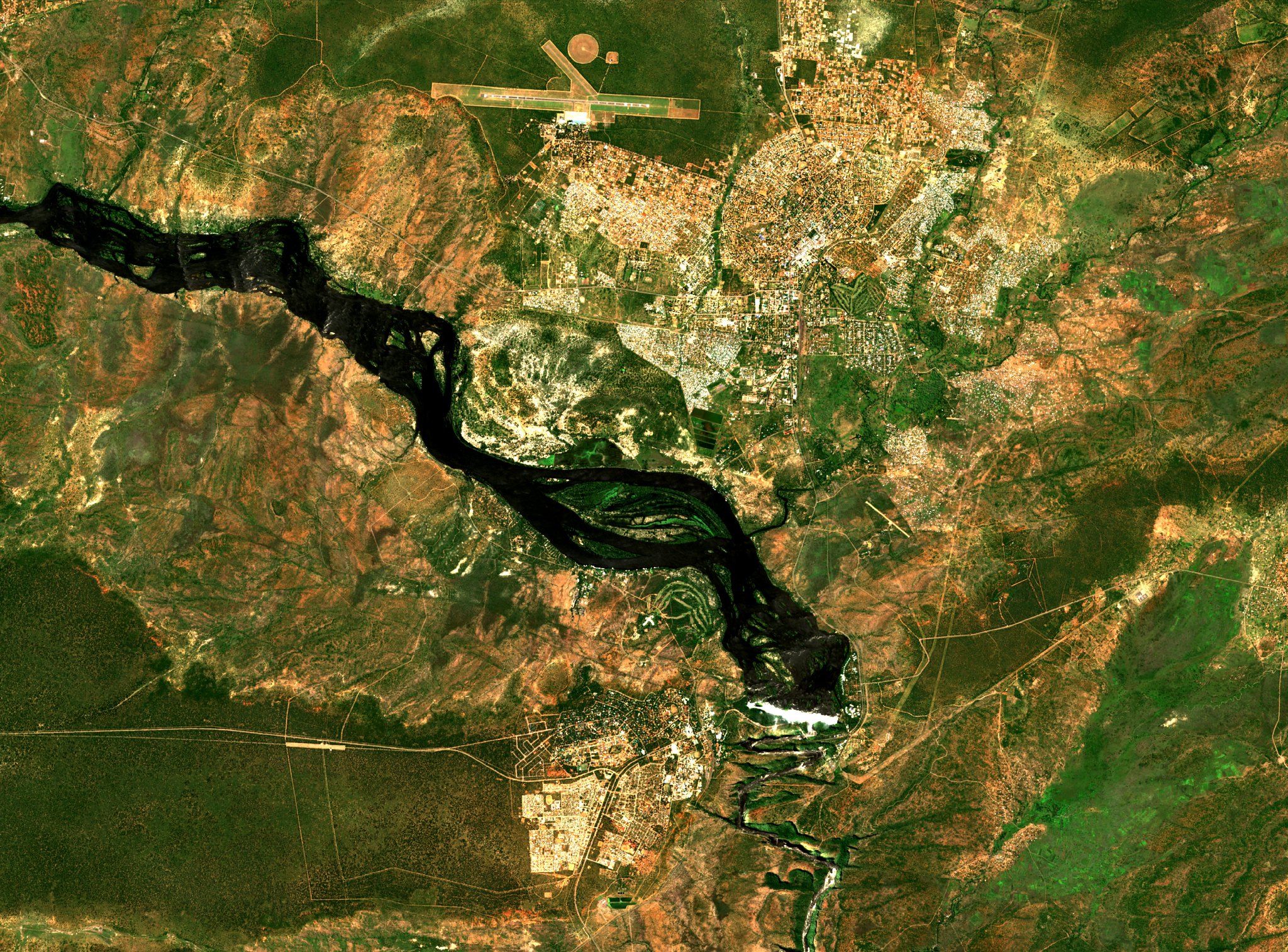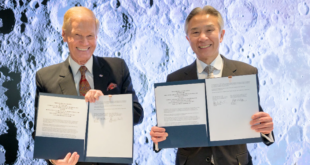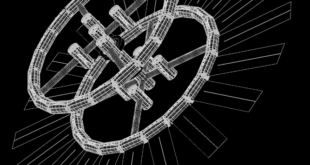
Ibadan, 17 April 2024. – The Research Institute for Innovation and Sustainability (RIIS) has become the interim host for the pan-African Digital Earth Africa Program Management Office, a free platform providing satellite imagery and products specific to the African continent. Digital Earth Africa is on track to improve the lives of African people and support decision-makers across the continent to assess, plan, and protect their countries from the potential impacts of climate change.
Digital Earth Africa draws on more than three decades of satellite imagery to address critical challenges facing the African continent. As a result, by packaging EO data into accessible and free data sets, African governments, research bodies, industry players, and decision-makers can track changes across the continent in unprecedented detail. This consequently enables better decision-making across areas that include flooding, drought, soil and coastal erosion, agriculture, forest cover, land use and land cover change, water availability and quality, and changes to human settlements.
The Digital Earth Africa platform is based on the ODC infrastructure, which is an open-source solution and enjoys support from six institutional partners: Geoscience Australia, NASA / Committee on Earth Observations (CEOS), United States Geological Survey (USGS), Commonwealth Scientific and Industrial Research Organisation (CSIRO), Catapult Satellite Applications and Analytical Mechanics Associates (AMA). Furthermore, the infrastructure enables the access, management and analysis of large quantities of geographic information system (GIS) data – namely EO data.
Speaking on the appointment, Davis Cook, CEO at RIIS, commented, “The Africa Earth Observation Challenge in particular, which is a continental-wide space-tech start-up competition which RIIS manages, provides further opportunities to drive uptake of the Digital Earth Africa platform.” He also added, “EO data is increasingly seeing use by both the public and private sectors across the globe to solve social and environmental challenges, mitigate risks and aid economic growth.”





